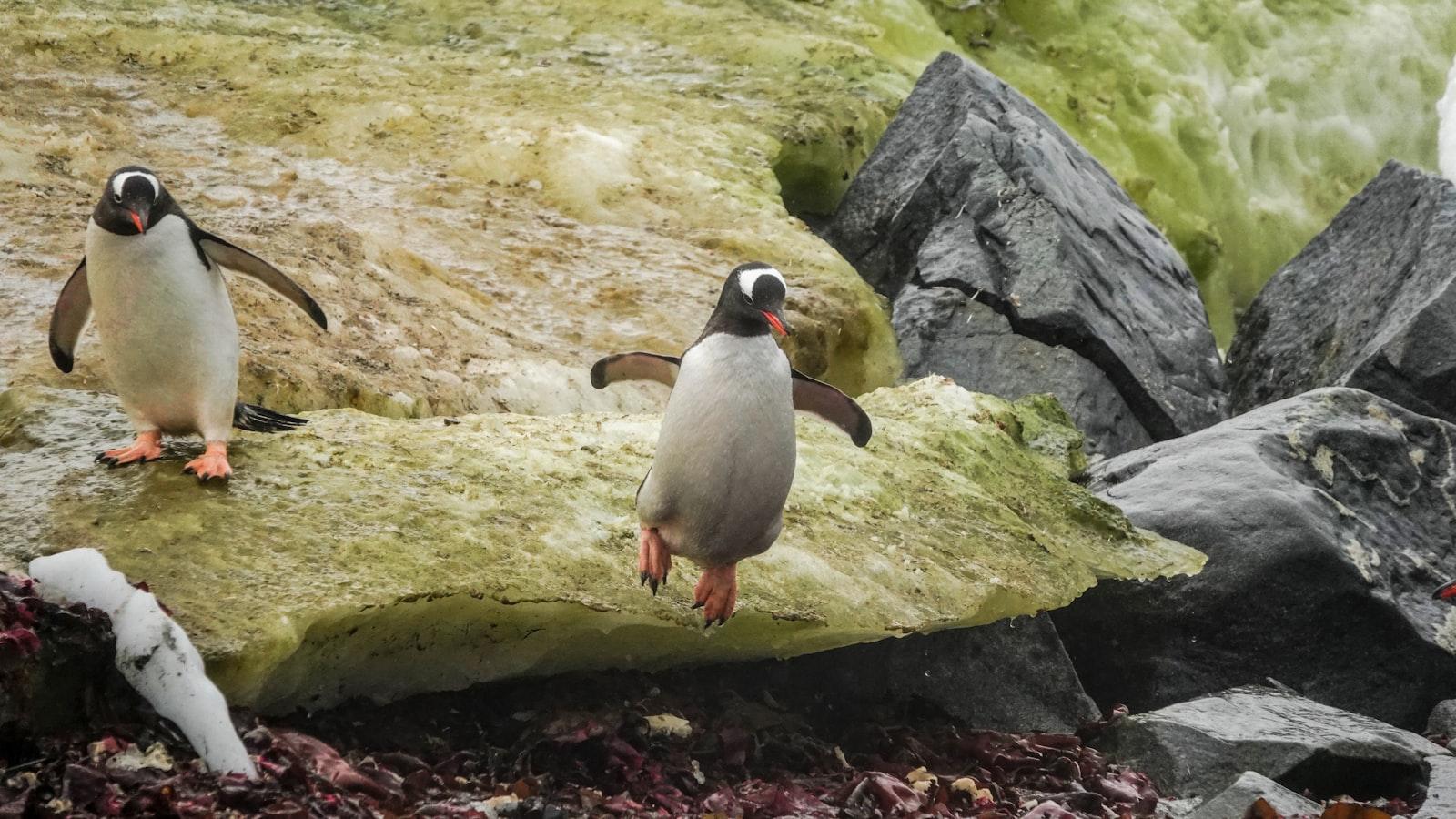The vast and icy landscape of Antarctica is home to some of the most unique and fascinating creatures on Earth. Among them, penguins stand out as charismatic and resourceful inhabitants of this harsh environment. However, despite their adorable appearance and playful antics, penguins also leave behind important clues that can help researchers uncover the secrets of their colonies. By tracking penguin colonies through their droppings, scientists are able to gain valuable insights into these enigmatic birds’ behavior, diet, and overall health. Join us on a journey through the snowy expanse of Antarctica as we explore the world of penguins from a whole new perspective.
Exploring the Fascinating World of Penguin Colonies
When tracking penguin colonies, one fascinating method researchers use is analyzing their droppings. Penguin droppings, also known as guano, provide valuable insights into the health and behavior of these unique birds. By studying the composition of the droppings, scientists can determine what penguins are eating, how well they are feeding, and even how stressed they may be. This information is crucial for understanding the dynamics of penguin colonies and the impact of environmental changes on their populations.
Through careful analysis of penguin droppings, researchers can also track the movement of individuals within a colony. By identifying unique markers in the droppings, such as DNA or isotopic signatures, scientists can monitor the migration patterns of penguins and gain a better understanding of their overall movements. This data is essential for conservation efforts and for developing strategies to protect penguin populations in the face of climate change and other threats.

The Role of Penguin Droppings in Monitoring Population Trends
Penguin colonies are not only fascinating to observe, but their droppings also play a crucial role in monitoring population trends. These droppings, also known as guano, contain valuable information that scientists can use to track changes in penguin populations over time.
By analyzing the composition of penguin droppings, researchers can gain insights into the health of the colony, the availability of food sources, and even the overall environmental conditions in the area. Additionally, studying the distribution of guano can help scientists identify new penguin colonies and monitor the movement of existing populations.

Utilizing Dropping Analysis to Understand Penguin Behavior
When it comes to understanding penguin behavior, analyzing their droppings can provide valuable insights. By studying the composition of penguin guano, scientists can learn about their diet, health, and even their stress levels. This information can help researchers track changes in penguin populations and monitor the overall health of colonies.
Utilizing dropping analysis, researchers are able to identify specific penguin colonies based on the unique signatures found in their guano. This allows for remote monitoring of penguin populations without the need for invasive methods. By tracking penguin colonies through their droppings, scientists can gather crucial data on migration patterns, breeding success, and environmental impact, ultimately contributing to the conservation efforts of these charismatic creatures.

Best Practices for Conducting Research on Penguin Colonies
When conducting research on penguin colonies, one of the most effective methods is tracking their movements through the analysis of their droppings. Penguin colonies are often located in remote and harsh environments, making it difficult for researchers to directly observe their behavior. By studying the droppings left behind by the penguins, scientists can gather valuable information about their diet, health, and nesting habits.
**Some using their droppings include:**
- Collecting samples from various locations within the colony to get a comprehensive understanding of their behavior.
- Using DNA analysis to identify individual penguins and track their movements over time.
- Documenting the size and composition of the colony to monitor population trends.
Concluding Remarks
As researchers continue to delve into the world of penguin colonies, one thing is clear: their droppings provide a wealth of information that can help us better understand these fascinating creatures. By tracking penguin colonies through their droppings, we are able to gain insights into their diet, health, and behavior. This unique method of observation offers a glimpse into the lives of these incredible birds, shedding light on their habits and interactions with their environment. Through continued study and innovation, we can hope to unlock even more secrets hidden within the droppings of these beloved Antarctic residents. Join us as we embark on this journey of discovery, one penguin dropping at a time.




